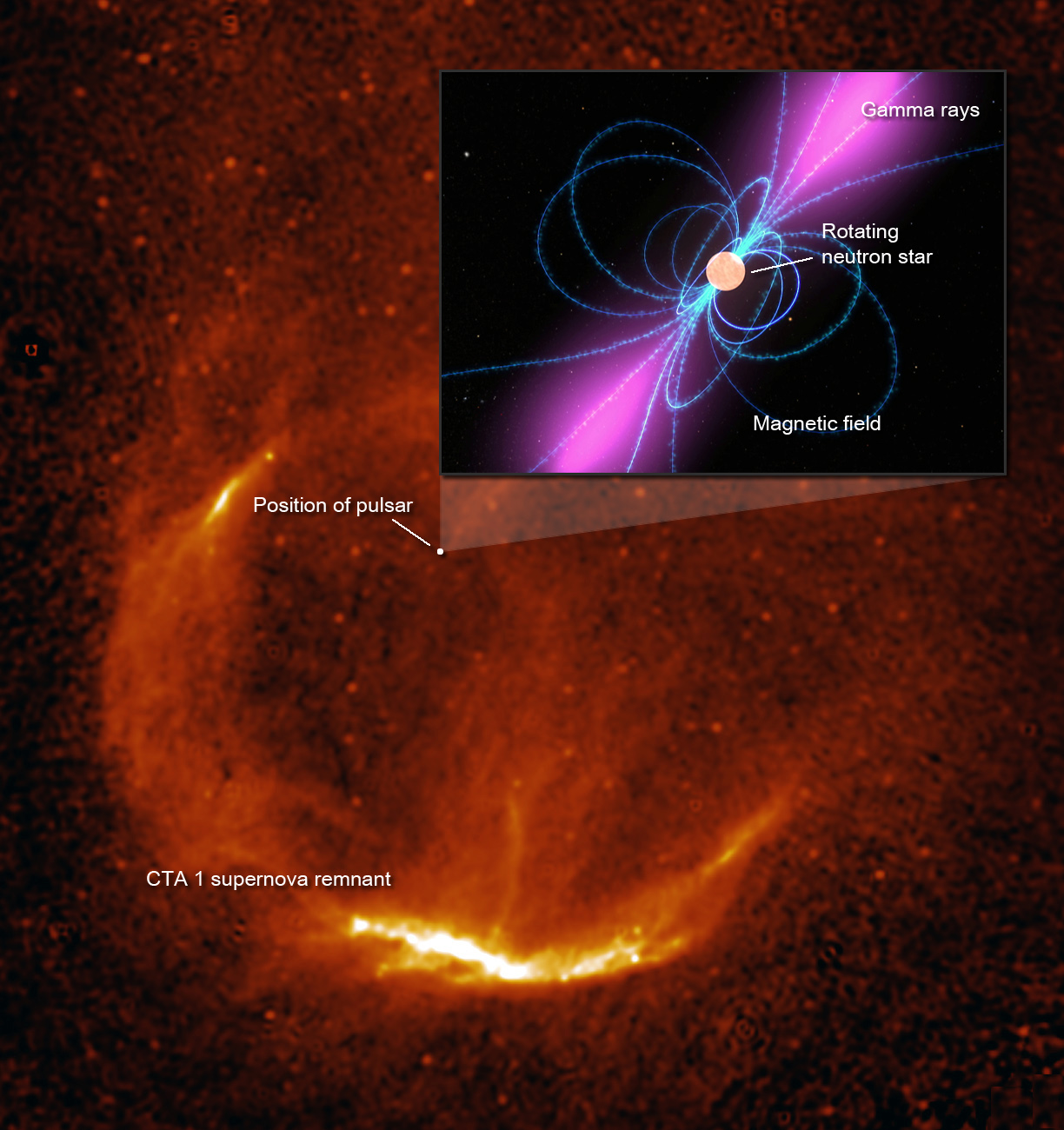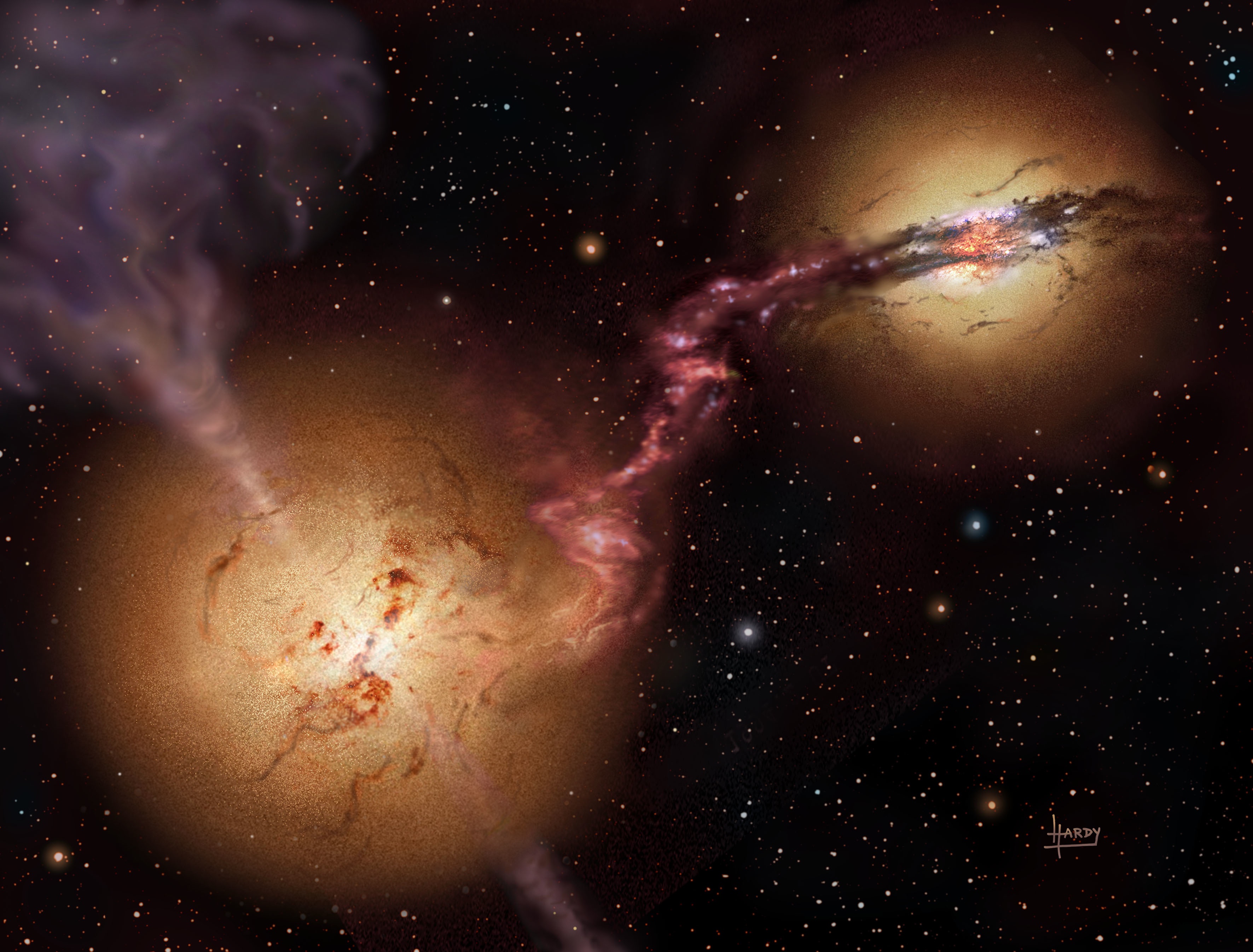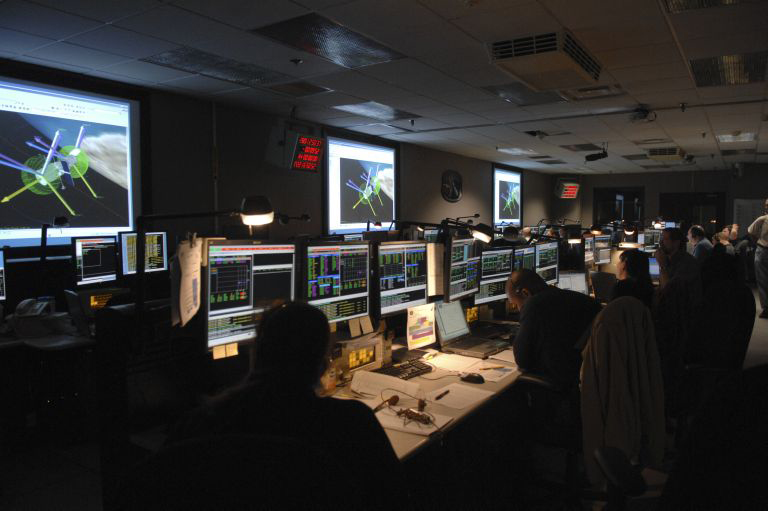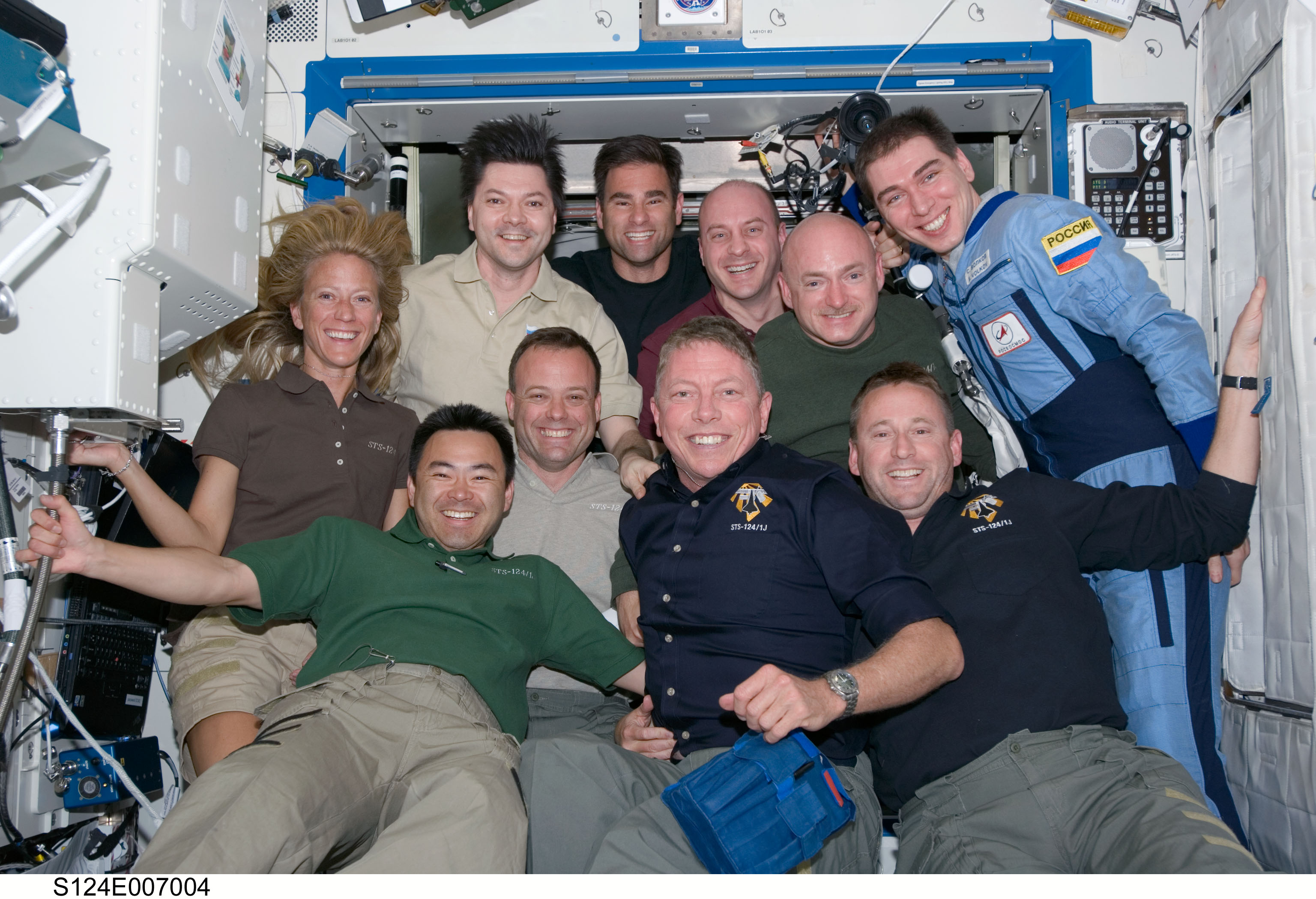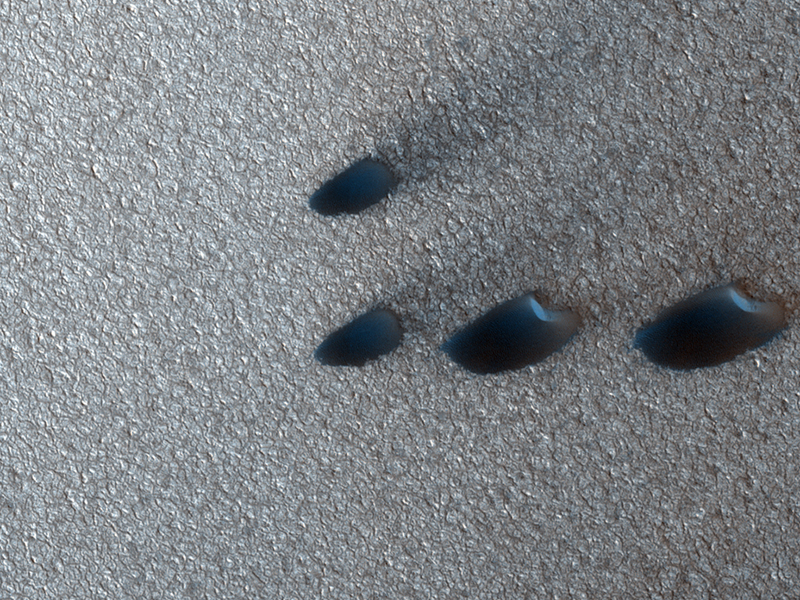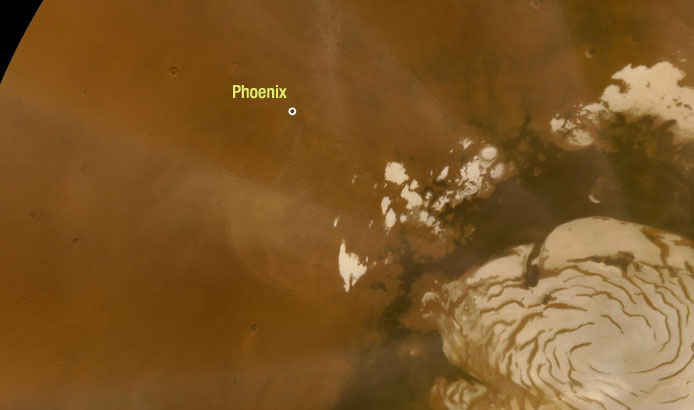[/caption]
There’s a new spacecraft in Earth orbit, with a really “far out” mission: to map the outer solar system. NASA’s Interstellar Boundary Explorer mission, or IBEX launched successfully from the Kwajalein Atoll in the Pacific Ocean at 1:47 p.m. EDT, Sunday, from an Orbital Sciences Pegasus XL launch vehicle. IBEX will be the first spacecraft to image and map dynamic interactions taking place in the outer solar system. The two Voyager probes sent back a limited amount of information about the region of space where our solar system ends and interstellar space begins. But beyond that, not much is known about this area. The region is about three times further from the sun than the orbit of planet Pluto. “No one has seen an image of the interaction at the edge of our solar system where the solar wind collides with interstellar space,” said IBEX Principal Investigator David McComas of the Southwest Research Institute in San Antonio. “We know we’re going to be surprised.”
The spacecraft separated from the third stage of its Pegasus launch vehicle at 1:53 p.m. and immediately began powering up components necessary to control onboard systems. The operations team is continuing to check out spacecraft subsystems.
“After a 45-day orbit raising and spacecraft checkout period, the spacecraft will start its exciting science mission,” said IBEX mission manager Greg Frazier of NASA’s Goddard Space Flight Center in Greenbelt, Md.
“The heliosphere’s boundary region is enormous, and the Voyager crossings of the termination shock, while historic, only sampled two tiny areas 10 billion miles (16 billion km) apart,” NASA scientist Eric Christian said.
Voyager 1 passed the inner boundary in 2004 and Voyager 2 crossed over last year.
The solar wind, a stream of electrically conducting gas continuously moving outward from the sun at 1 million mph (1.6 million kph), blows against this interstellar material and forms a huge protective bubble around the solar system. This bubble is called the heliosphere.
As the solar wind reaches far beyond the planets to the solar system’s outer limits, it encounters the edge of the heliosphere and collides with interstellar space. A shock wave is present at this boundary.
“Every six months, we will make global sky maps of where these atoms come from and how fast they are traveling. From this information, we will be able to discover what the edge of our bubble looks like and learn about the properties of the interstellar cloud that lies beyond the bubble,” physicist Herb Funsten of the U.S. Department of Energy’s Los Alamos National Laboratory.
Sources: NASA, Reuters


